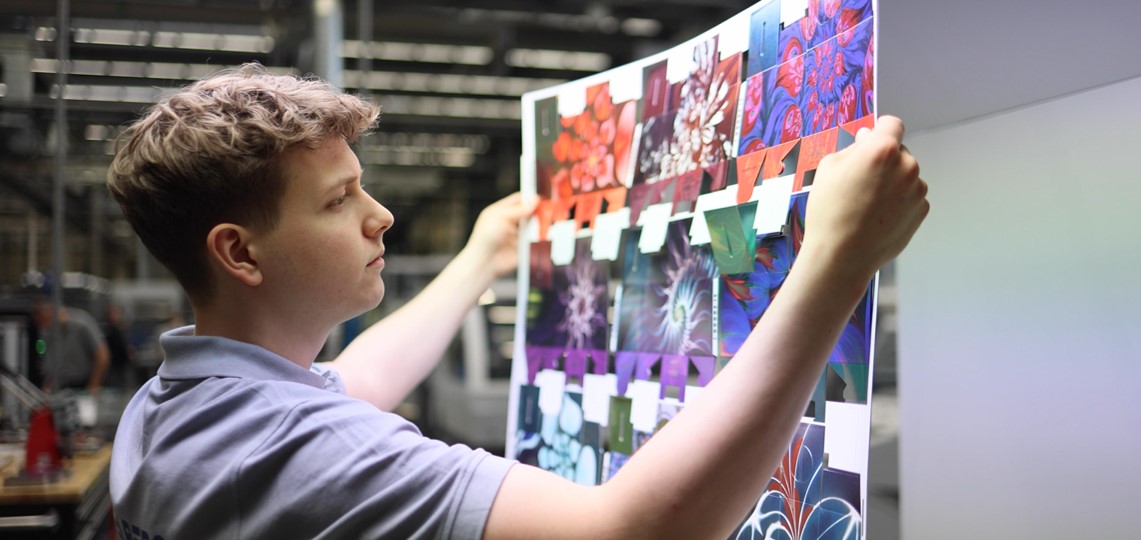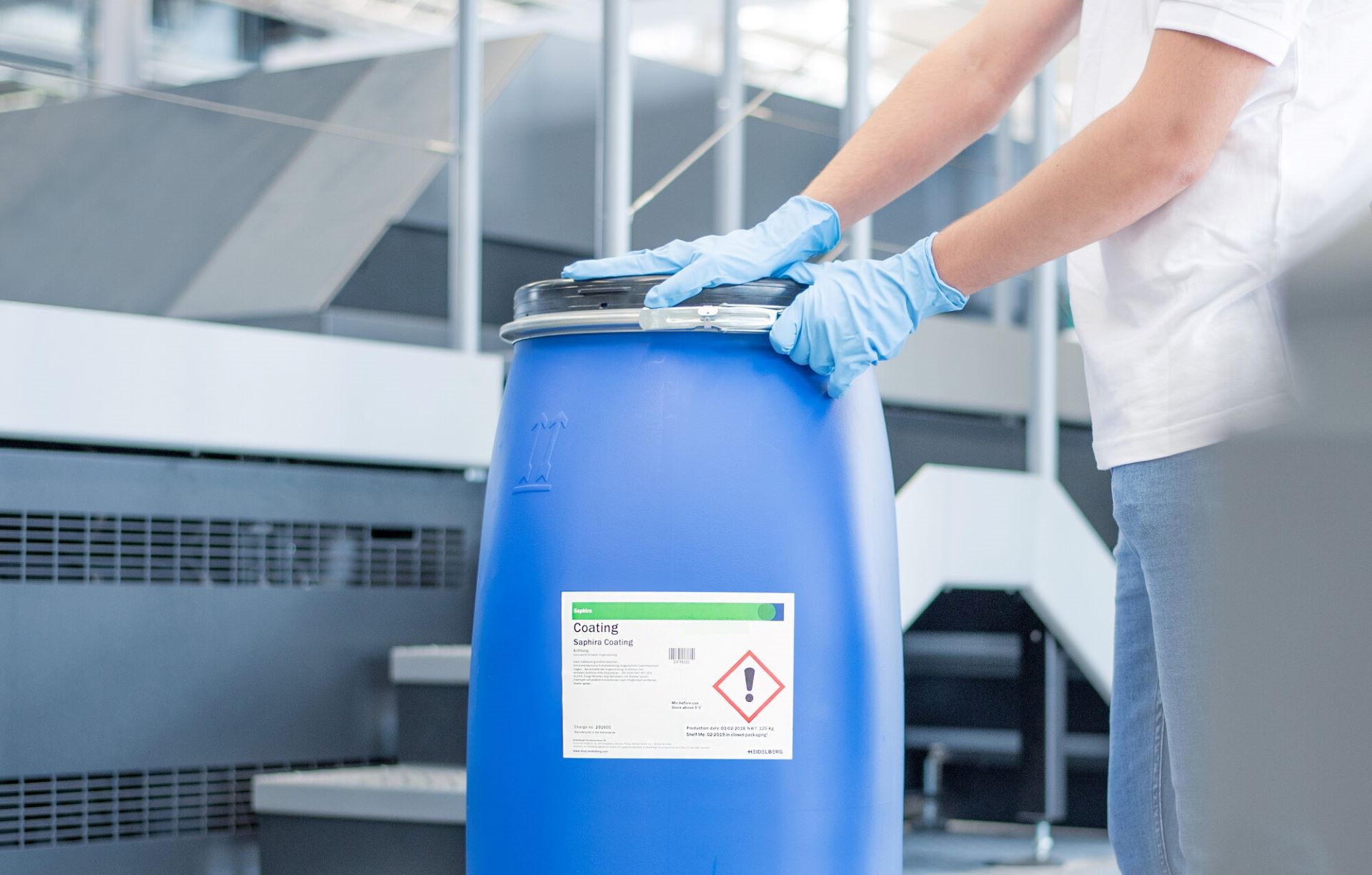A Beginner’s Guide to Modern Print and Digital Workflows. This foundational training is designed specifically for apprentices, new entrants, and anyone keen to start a career in printing. It offers a comprehensive overview of the print industry, focusing on the critical role of digital workflows and software solutions that drive today’s print production.
Participants will be guided through the entire print production cycle—from job intake and prepress, through to printing and finishing—emphasising the importance of workflow software in connecting and streamlining every stage. This course lays a solid groundwork for understanding how print shops operate in the digital age and prepares newcomers to thrive in a technology-driven environment.
The Print Fundamentals 101 programme is structured to be completed over a 3-day period, allowing for focused, practical, and engaging learning experiences.
We understand that time availability can vary, especially in working environments. As such, we are flexible with the scheduling of the final two days to accommodate production demands or learner availability. The aim is to deliver a meaningful learning experience while being respectful of operational pressures.
Location: Johannesburg, South Africa
From Concept to Product: Understanding the Full Print Journey
This session introduces participants to the complete lifecycle of a print job — from initial order to final delivery — and explains how modern software systems like Prinect manage and optimise this process. Participants will gain an understanding of how print shops operate as connected ecosystems, with software playing a key role in efficiency, accuracy, and performance.
The concept of "Print to Product" is explored in detail, with a focus on how lifecycle management, MIS integration, and data-driven workflows are used to manage complexity and ensure high-quality outcomes.
What You’ll Learn
Key Topics Covered
Outcome
By the end of this session, participants will have a clear understanding of the modern print production lifecycle and the vital role software plays in linking and managing every phase. They'll be introduced to the core concepts of automation, integration, and data-driven decision-making — providing a strong foundation for the rest of the programme.
Exploring Prepress & Digital Print – From File to First Print
This session focuses on the prepress stage of the print lifecycle and introduces participants to the world of digital printing. Building on the morning's understanding of the full workflow, this module zooms in on what happens before the ink hits the page — from file preparation to sending jobs to press.
Participants will also take part in a hands-on practical session, running a print job on the Versafire press, offering a real-world experience of the digital print process.
What You’ll Learn
Key Topics Covered
Outcome
By the end of this session, participants will understand the key functions of prepress and how digital print operates within a modern print shop. They’ll have completed a practical exercise on the Versafire press, giving them hands-on experience and deeper insight into how software, file prep, and hardware come together to produce a finished product.


From Print to Product: Exploring Press, Postpress, and Practical Application
This session builds on the previous day's learning with a short recap before diving into the next stages of the print lifecycle: press operations and postpress processes. Participants will explore the journey from the printed sheet to the finished product, with an emphasis on press functionality, output quality, and the vital finishing processes that add value and deliver a complete customer-ready result.
The session also includes a hands-on simulation, allowing participants to experience press and postpress operations in a real-world context.
What You’ll Learn
Key Topics Covered
Outcome
By the end of this session, participants will have a working understanding of both press and postpress operations, along with the knowledge of how each contributes to producing a high-quality finished product. The practical simulation will reinforce key concepts and provide learners with real experience of transitioning from print to product.
The Critical Role of Consumables in Print Quality and Efficiency
This session highlights the often-overlooked yet essential role that consumables play in a successful print environment. From inks and rollers to plates and blankets, consumables directly impact print quality, press performance, and overall production efficiency.
Participants will gain an understanding of how using the right consumables can reduce waste, improve consistency, and extend the life of equipment — all of which contribute to smoother operations and better business outcomes.
What You’ll Learn
Key Topics Covered
Outcome
By the end of this session, participants will understand how consumables influence every aspect of production — from quality and speed to cost and equipment longevity. They'll gain the knowledge to make informed decisions about consumables in a print shop environment, contributing to higher productivity and better results.


Creating Print-Ready Files: Accuracy from the Start
This session introduces participants to one of the most important aspects of modern print production: the creation and preparation of accurate, print-ready files. A well-prepared file ensures faster production, fewer errors, and better print quality — and the software supporting this step, such as Prinect, plays a crucial role. Participants will explore how design files are refined and checked before entering the print workflow, with a focus on preflighting, file setup, and understanding what makes a file ready for professional printing.
What You’ll Learn
Key Topics Covered
Outcome
By the end of this session, participants will understand how to create and refine files that are suitable for professional print production. They will gain insight into the importance of preflighting and how Prinect helps streamline this process, setting the stage for consistent, efficient output from the very start of the workflow.
Preparing and Qualifying Print-Ready Files
This session builds on the morning’s theory by focusing on the practical steps involved in preparing and qualifying a file for print. Participants will explore what it means to produce a truly print-ready file — one that meets technical requirements, avoids production issues, and ensures accurate output on press.
With a focus on file qualification, learners will gain the confidence to identify errors, correct them, and prepare professional files ready for prepress and production.
What You’ll Learn
Key Topics Covered
Outcome
By the end of this session, participants will be equipped with the skills to properly prepare and qualify files for production. They’ll understand what makes a file print-ready, how to identify and resolve common issues, and how to work within the expectations of a professional print environment — ensuring smoother workflows and higher print quality.


Imposition Basics: Laying Out for Precision and Efficiency
In this session, participants will learn about one of the most essential technical stages in the print process: imposition. Imposition is the arrangement of pages on a press sheet in a way that ensures they appear in the correct order and orientation after printing, folding, and cutting. Whether for commercial print jobs or packaging applications, accurate imposition saves time, reduces waste, and ensures professional outcomes. This session explains both the logic and value behind imposition, with real-world examples drawn from various types of print jobs.
What You’ll Learn
Key Topics Covered
Outcome
By the end of this session, participants will understand the importance of proper imposition in print production. They’ll be able to recognise common layout approaches, understand why job type influences imposition design, and appreciate how software automates and simplifies this vital part of the workflow.
Q&A and Programme Conclusion
To close out the Print Fundamentals 101 programme, this final session offers participants an open platform to ask questions, clarify concepts, and reinforce key takeaways from the past four days of learning. This is followed by a formal wrap-up and reflection on how the knowledge gained can be applied in real-world print environments. This is also an opportunity for trainers to assess the group’s overall understanding and offer guidance on possible next steps in their print careers.
What You’ll Learn
Key Topics Covered
Outcome
By the end of this session, participants will leave with a well-rounded understanding of how modern print shops operate and how they can contribute meaningfully as newcomers in the field. They will be better prepared to enter the workforce with practical knowledge, a sense of confidence, and a strong foundation in print and digital workflow principles.

